California’s forgotten roadside architecture makes for a wild West Coast drive
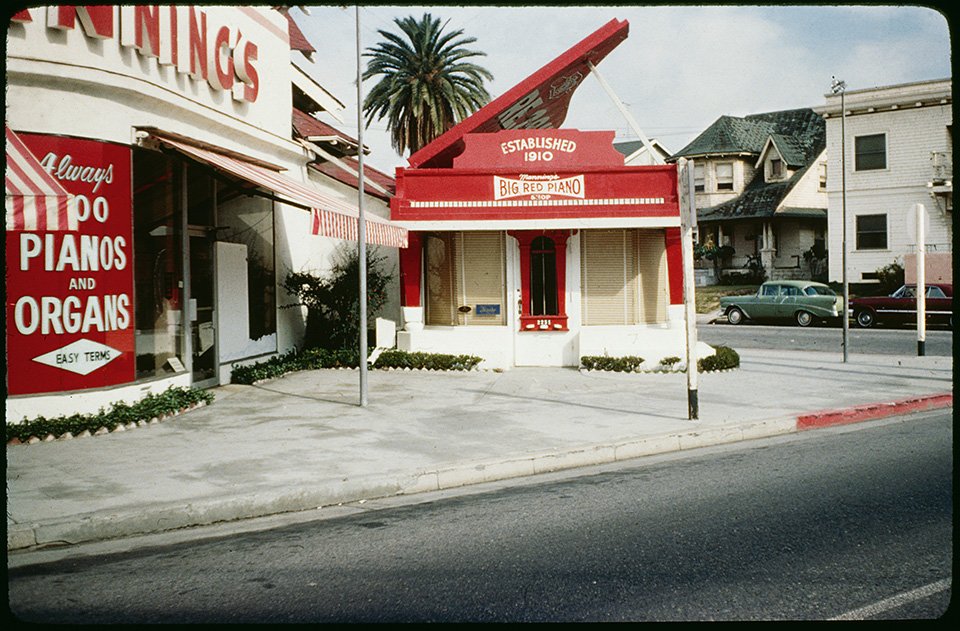
‘Monstrosities’: a word long-associated with the architectural anomalies littered along California highways. A new book published by Taschen – California Crazy: American Pop Architecture – seeks to convince us otherwise.
In the 1920s, as the age of the automobile was revving up, local entrepreneurs began building eye-catching, increasingly bizarre structures to lure in passing motorists for snacks and souvenirs. From dogs to hotdogs, pigs to ships, the explosion of novelty architecture continued in earnest into the 1930s, when it began to show signs of exhaustion. New architectural movements, like the Streamline Moderne style, were capturing the minds and drawing-boards of the new-thing-hungry LA crowd.
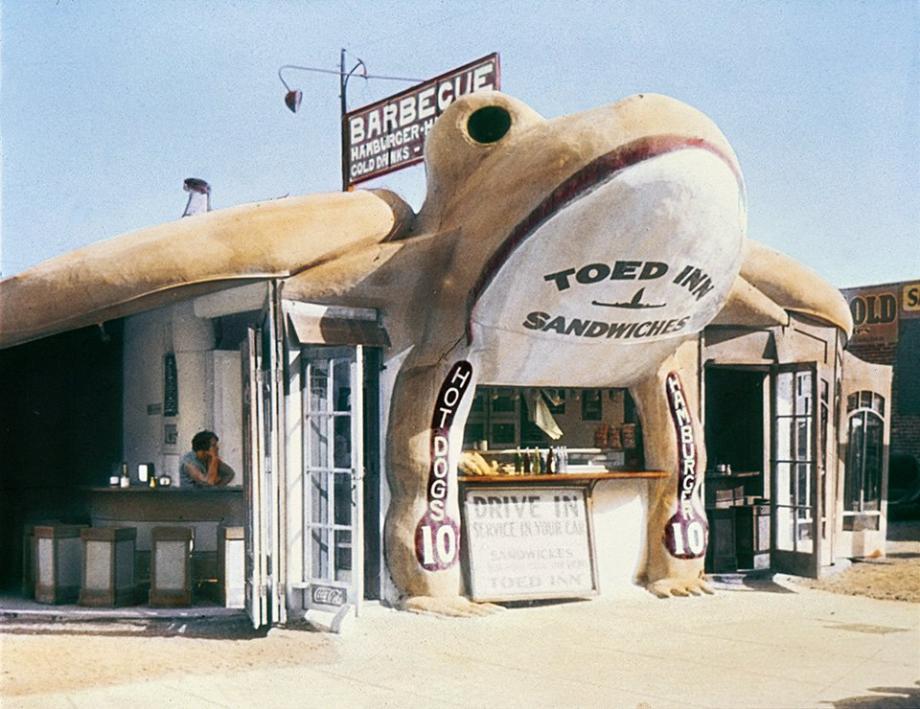
courtesy TASCHEN
This isn’t to say the quirky structures weren’t popular with locals and receptive press for a time. It was the architectural establishment that needed convincing, and the larger-than-life pop-sculptures lived largely in critical excile. Jim Heimann, executive editor at Taschen, and editor of this title, thinks otherwise, offering a fresh perspective. Brimming with the best examples, California Crazy includes essays exploring the influences that fostered the nascent architectural movement, as well as identifying the unconventional landscapes and attitudes found on Los Angeles and Hollywood roadsides which allowed these buildings to flourish.
Take the Carmel works of local resident Hugh Comstock, like the Tuck Box tea shop (1926) and other ‘fairy-tale-like buildings’. Such structures are thought to have inspired the prestigious likes of Frank Gehry, who designed the Binoculars Building in 1991 (later to become Google’s Southern California outpost) which features a giant pair of Binoculars designed by Claes Oldenburg and Coosje van Bruggen.
Whatever your predilection for them, roadside art-itecture undeniably influenced and embodied Sunbelt culture; and this book is sure to raise an eyebrow or two, if not a smile.
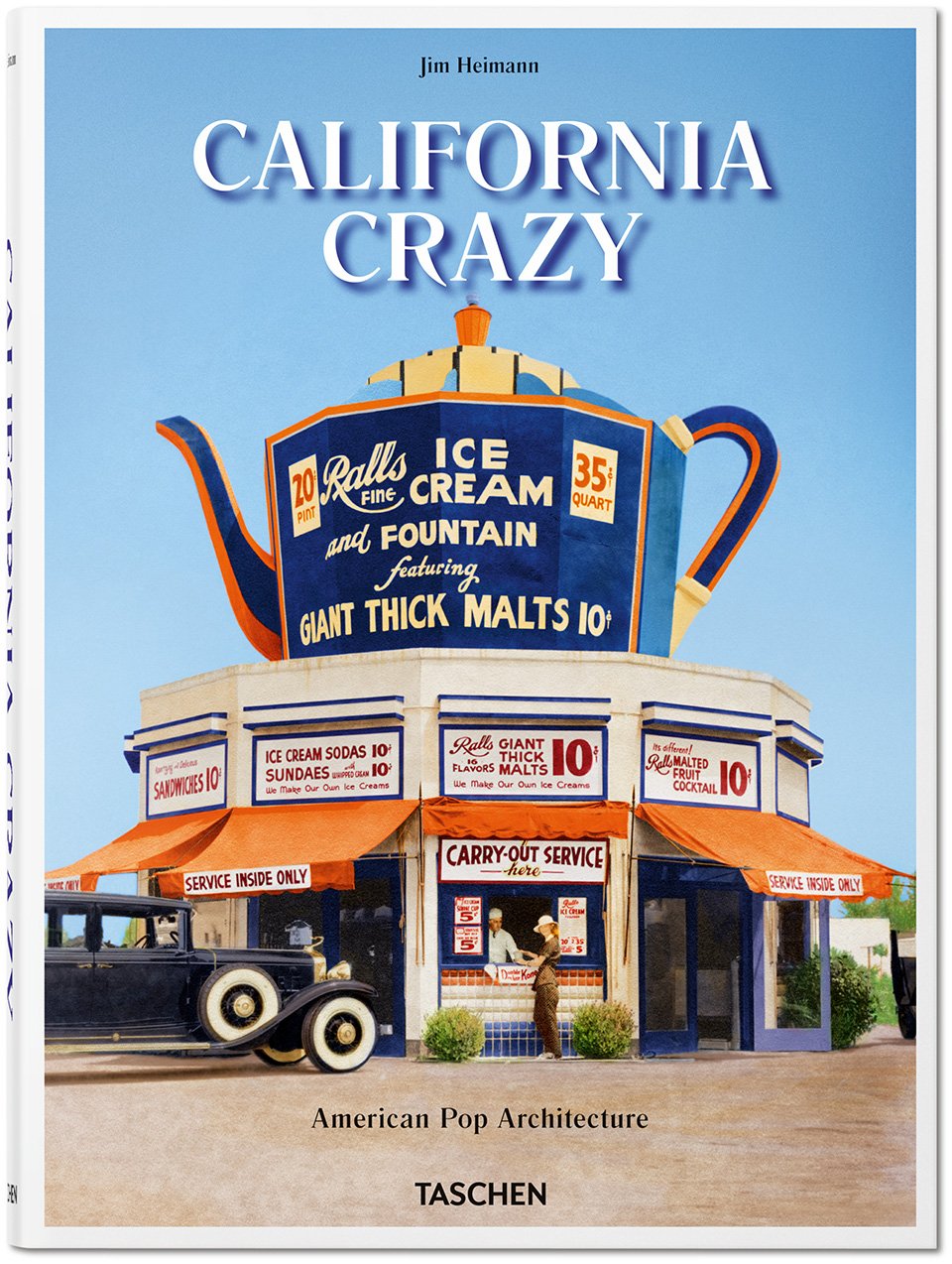
Cover of California Crazy. Roadside Vernacular Architecture, by Jim Heimann. Copyright Jim Heimann Collection
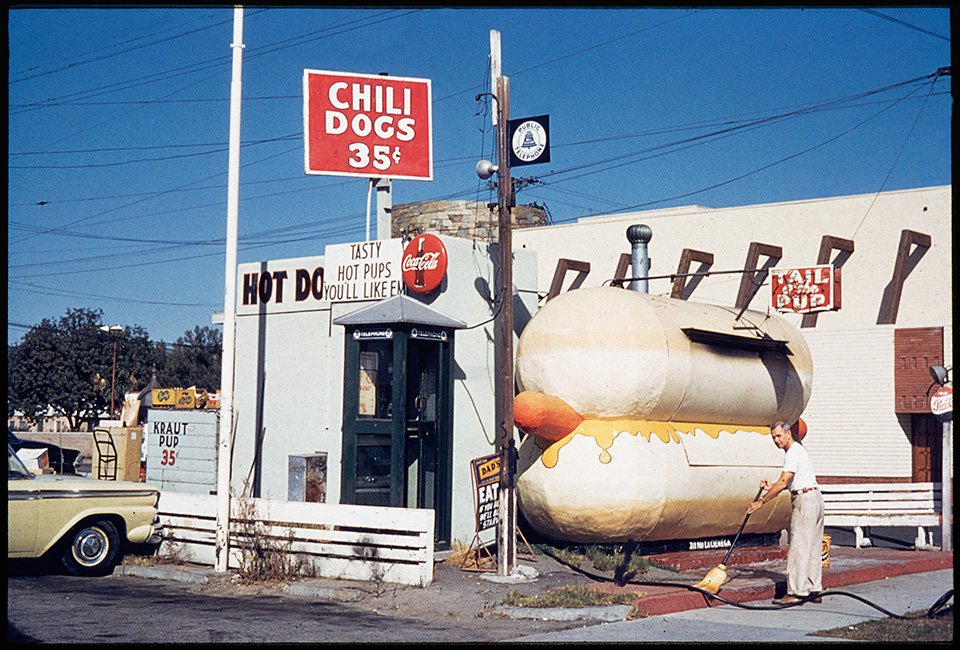
courtesy TASCHEN
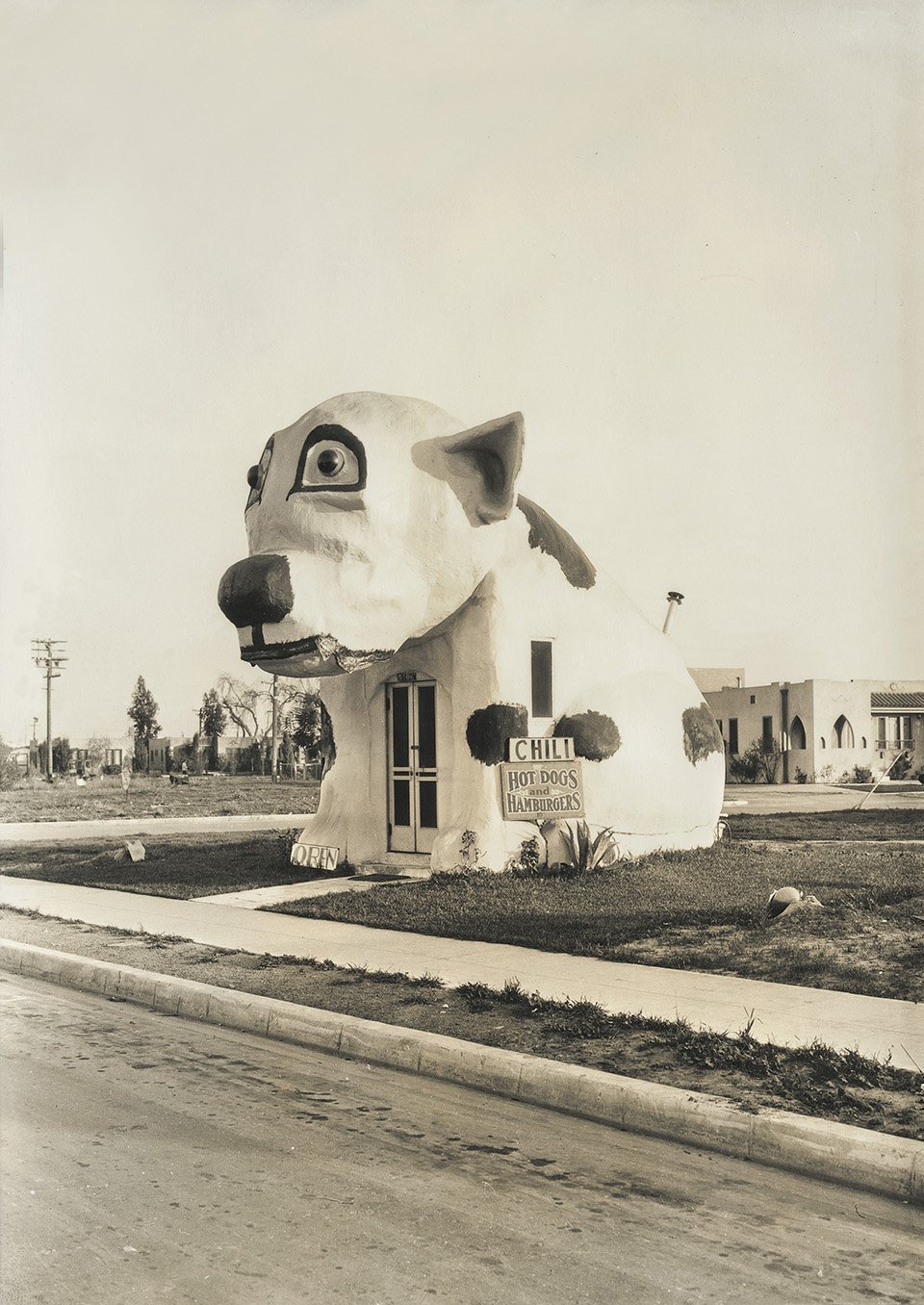
courtesy TASCHEN
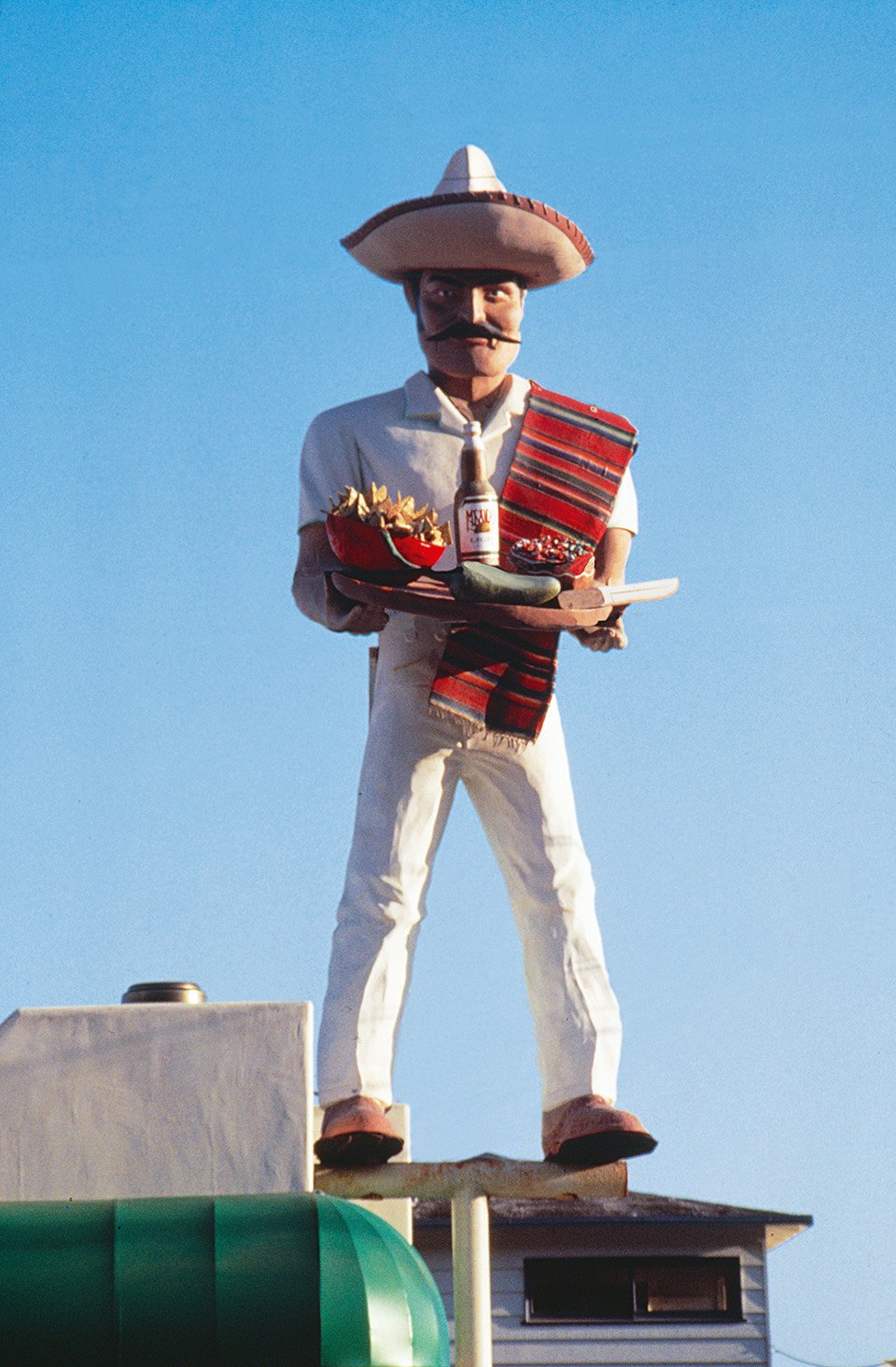
La Salsa man, Pacific Coast Highway, Malibu, 1988. courtesy TASCHEN
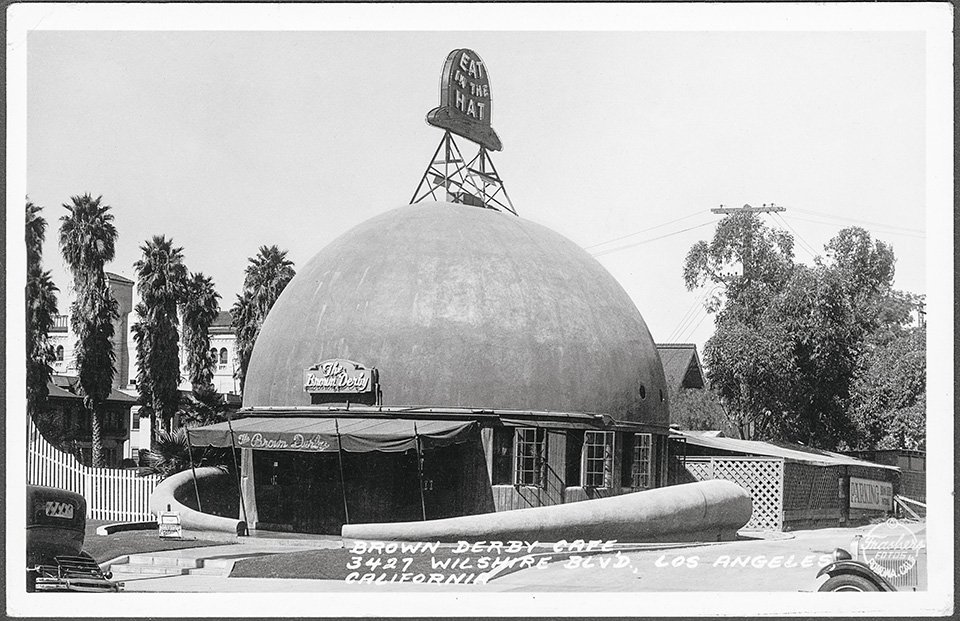
courtesy TASCHEN
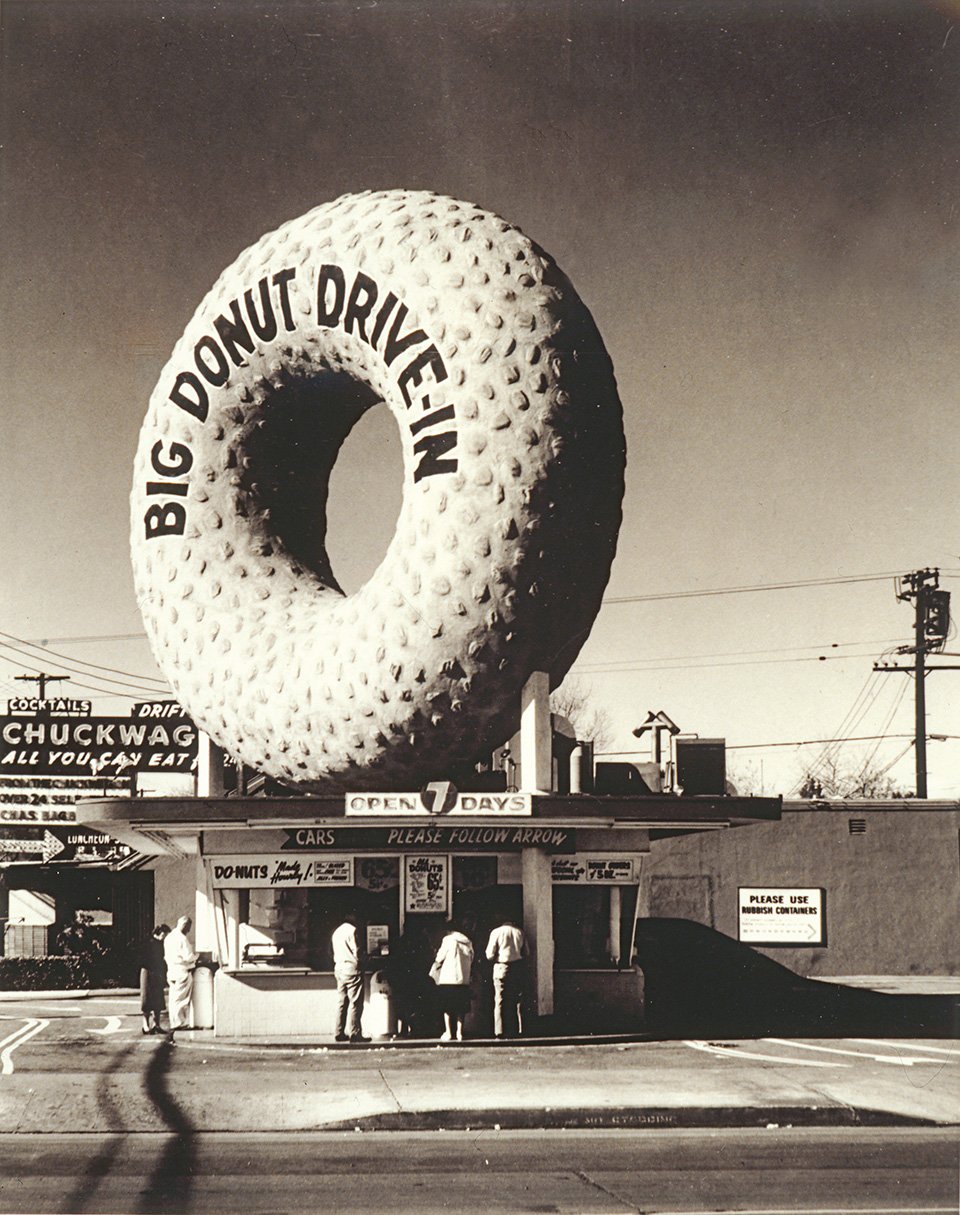
Big Donut Drive-In, 805 West Manchest Boulevard, Inglewood, ca. 1955. courtesy TASCHEN
INFORMATION
California Crazy: American Pop Architecture is available from June 2018. For more information, visit the Taschen website
Wallpaper* Newsletter
Receive our daily digest of inspiration, escapism and design stories from around the world direct to your inbox.
Elly Parsons is the Digital Editor of Wallpaper*, where she oversees Wallpaper.com and its social platforms. She has been with the brand since 2015 in various roles, spending time as digital writer – specialising in art, technology and contemporary culture – and as deputy digital editor. She was shortlisted for a PPA Award in 2017, has written extensively for many publications, and has contributed to three books. She is a guest lecturer in digital journalism at Goldsmiths University, London, where she also holds a masters degree in creative writing. Now, her main areas of expertise include content strategy, audience engagement, and social media.
-
 Extreme Cashmere reimagines retail with its new Amsterdam store: ‘You want to take your shoes off and stay’
Extreme Cashmere reimagines retail with its new Amsterdam store: ‘You want to take your shoes off and stay’Wallpaper* takes a tour of Extreme Cashmere’s new Amsterdam store, a space which reflects the label’s famed hospitality and unconventional approach to knitwear
By Jack Moss
-
 Titanium watches are strong, light and enduring: here are some of the best
Titanium watches are strong, light and enduring: here are some of the bestBrands including Bremont, Christopher Ward and Grand Seiko are exploring the possibilities of titanium watches
By Chris Hall
-
 Warp Records announces its first event in over a decade at the Barbican
Warp Records announces its first event in over a decade at the Barbican‘A Warp Happening,' landing 14 June, is guaranteed to be an epic day out
By Tianna Williams
-
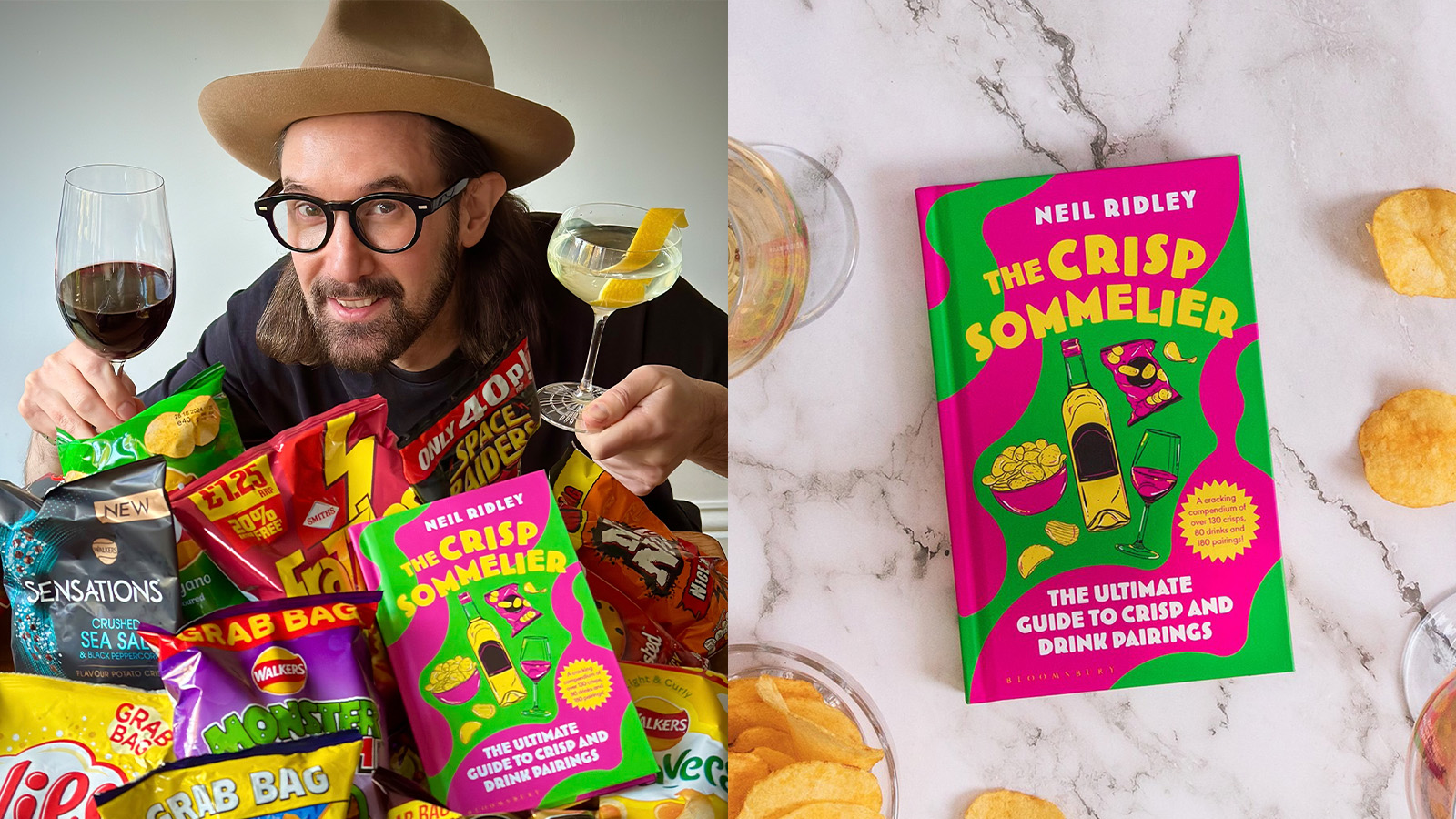 How to be a crisp sommelier: Neil Ridley on ‘bringing fun back into food and drink’
How to be a crisp sommelier: Neil Ridley on ‘bringing fun back into food and drink’The humble crisp is an easy crowd-pleaser for laidback hosts. Drinks expert Neil Ridley shares his tips for creating the perfect crisp-and-drink pairings, whatever the occasion
By Tianna Williams
-
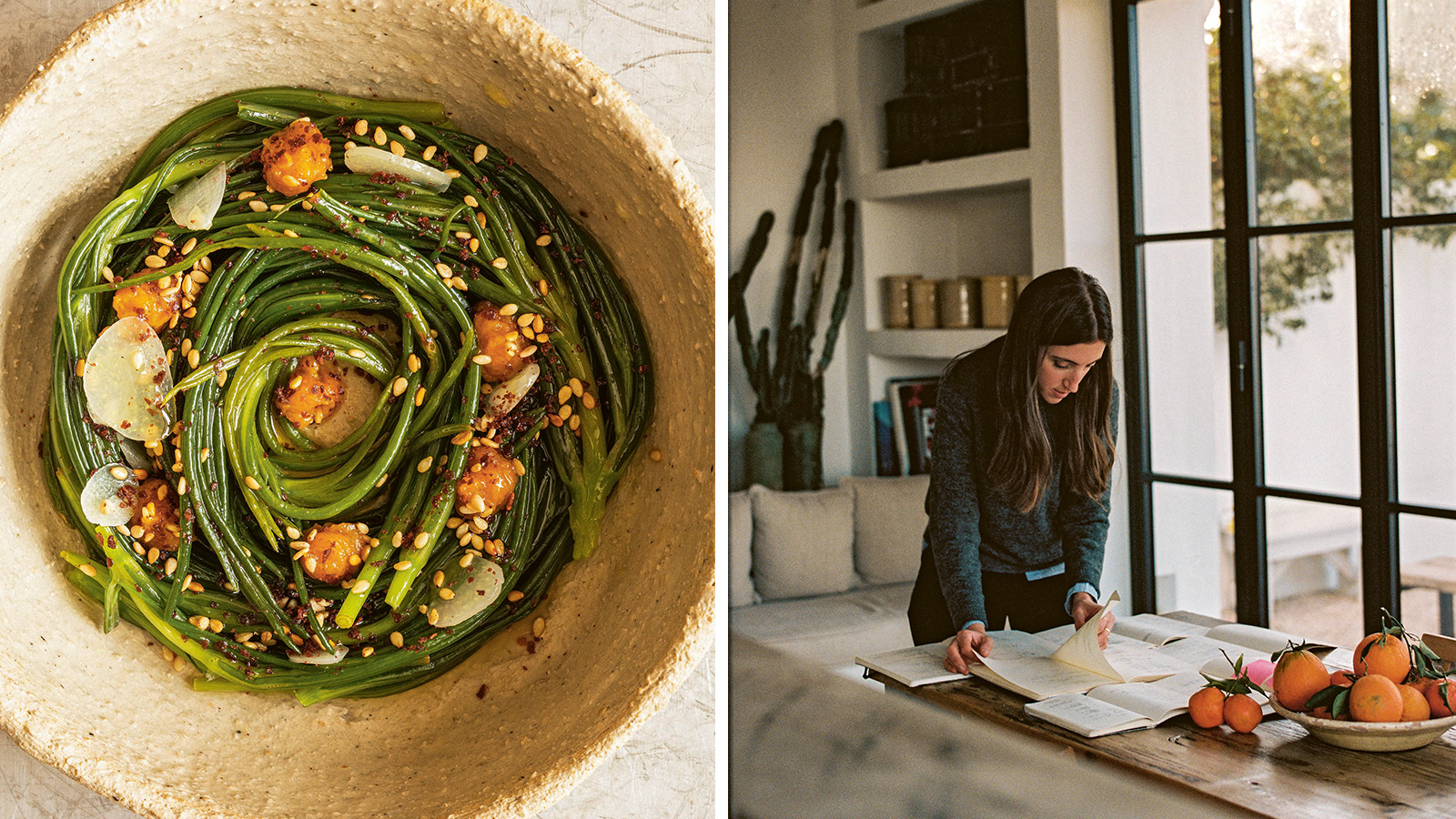 'Moroseta Kitchen' is a new recipe book offering a glimpse into the Puglian countryside
'Moroseta Kitchen' is a new recipe book offering a glimpse into the Puglian countryside'Moroseta Kitchen - A Window Into The Puglian Countryside' by Giorgia Eugenia Goggi is based on the essence of eating in Italy, rooted in farm to table seasonal recipes
By Tianna Williams
-
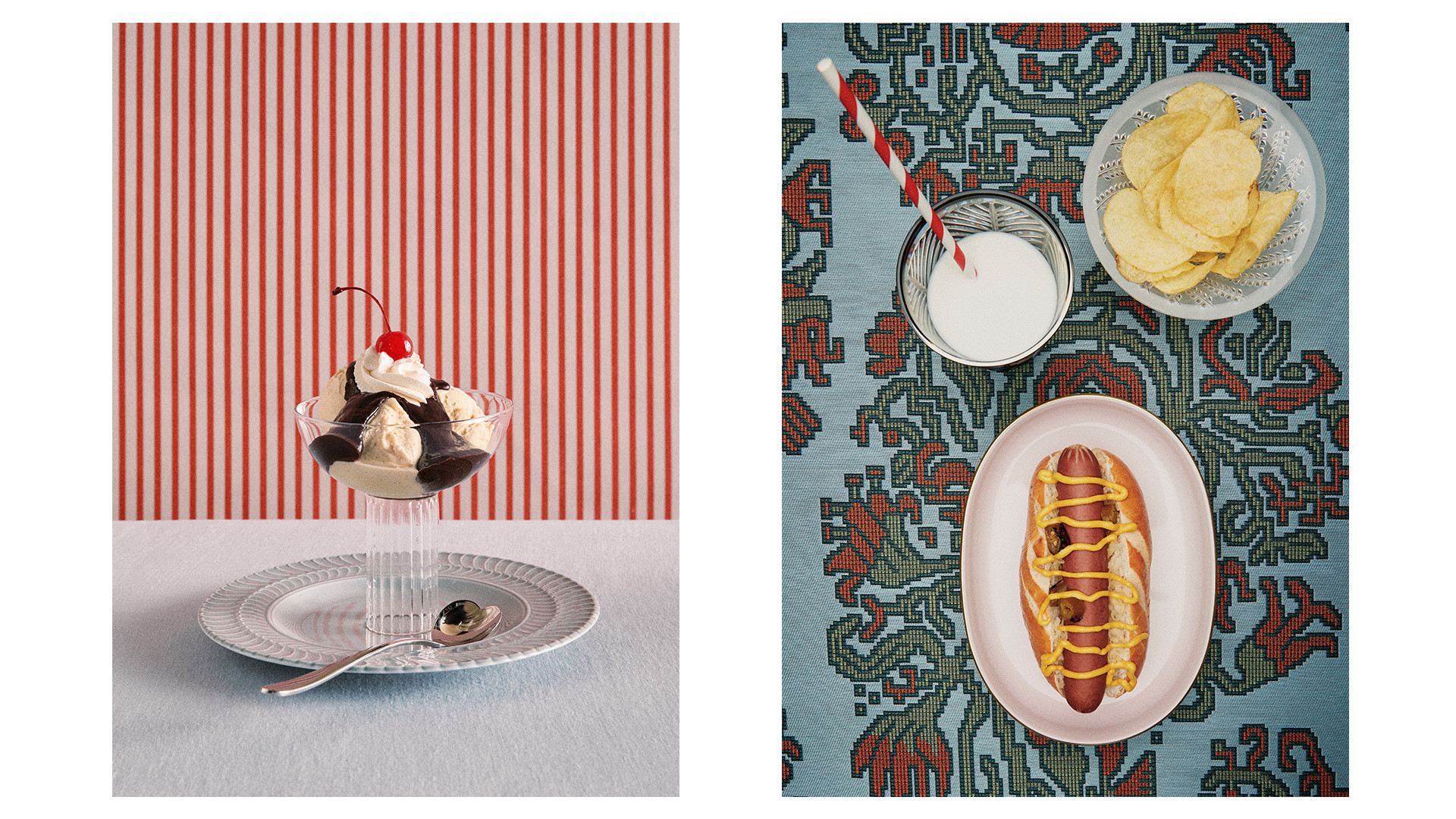 American food classics perfect for Super Bowl snacking
American food classics perfect for Super Bowl snackingTuck into these American food classics, from a hot fudge sundae to crab & corn chowder this Super Bowl season
By Melina Keays
-
 ‘Bethlehem’ is a new recipe book celebrating Palestinian food
‘Bethlehem’ is a new recipe book celebrating Palestinian food‘Bethlehem: A Celebration of Palestinian Food’ is a recipe book by Fadi Kattan that celebrates culinary tradition and explores untold stories
By Tianna Williams
-
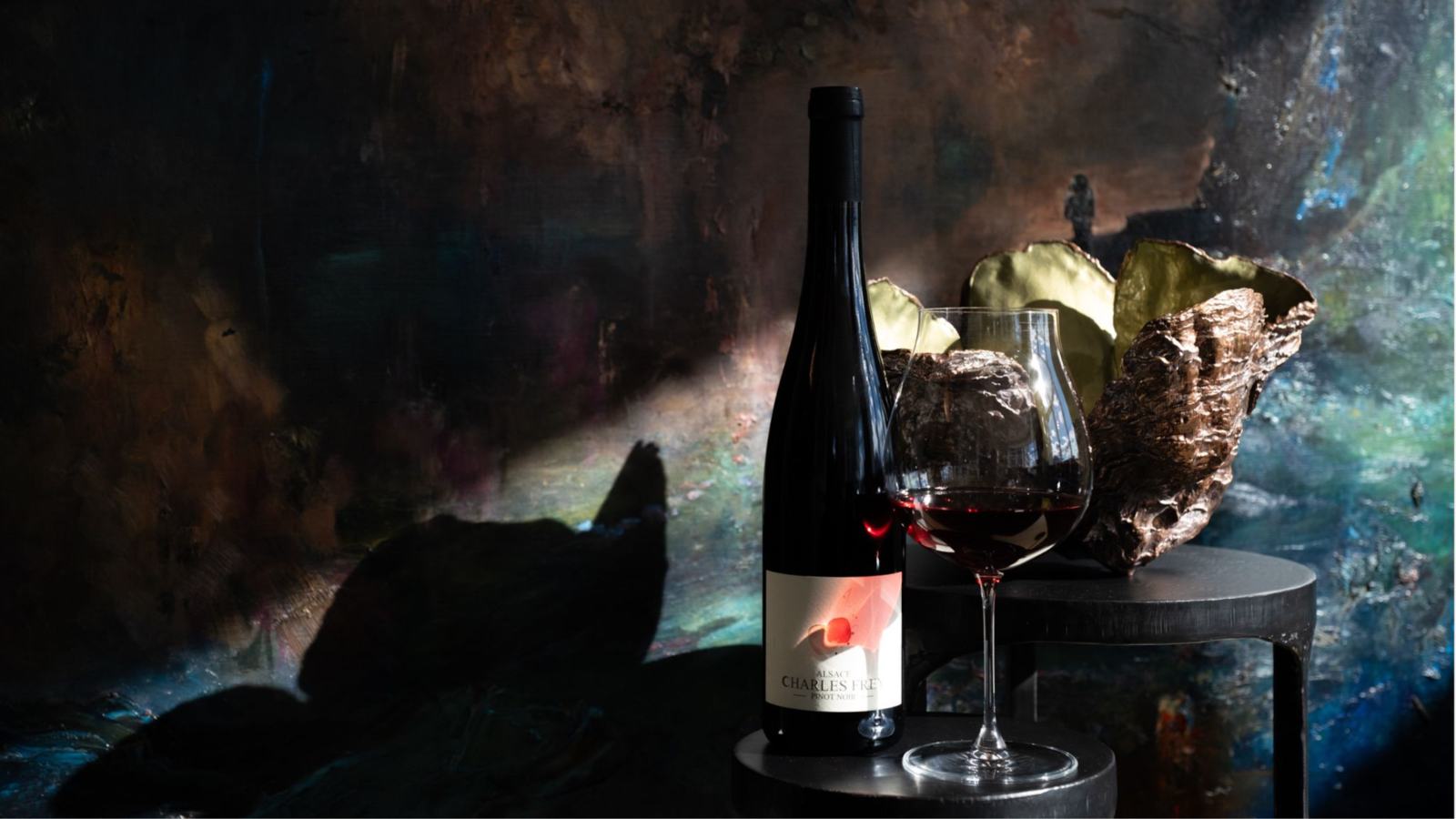 Dry Farm Wines promises organic wine to feel good about
Dry Farm Wines promises organic wine to feel good aboutDry Farm Wines founder Todd White on why we should be celebrating organic, biodiverse artisan wines, free from additives and sugar
By Simon Mills
-
 Laila Gohar debuts bar accessories inspired by her travels
Laila Gohar debuts bar accessories inspired by her travelsChef and designer Laila Gohar unveils a new range of bar accessories and cocktails with her signature surrealist flair
By Mary Cleary
-
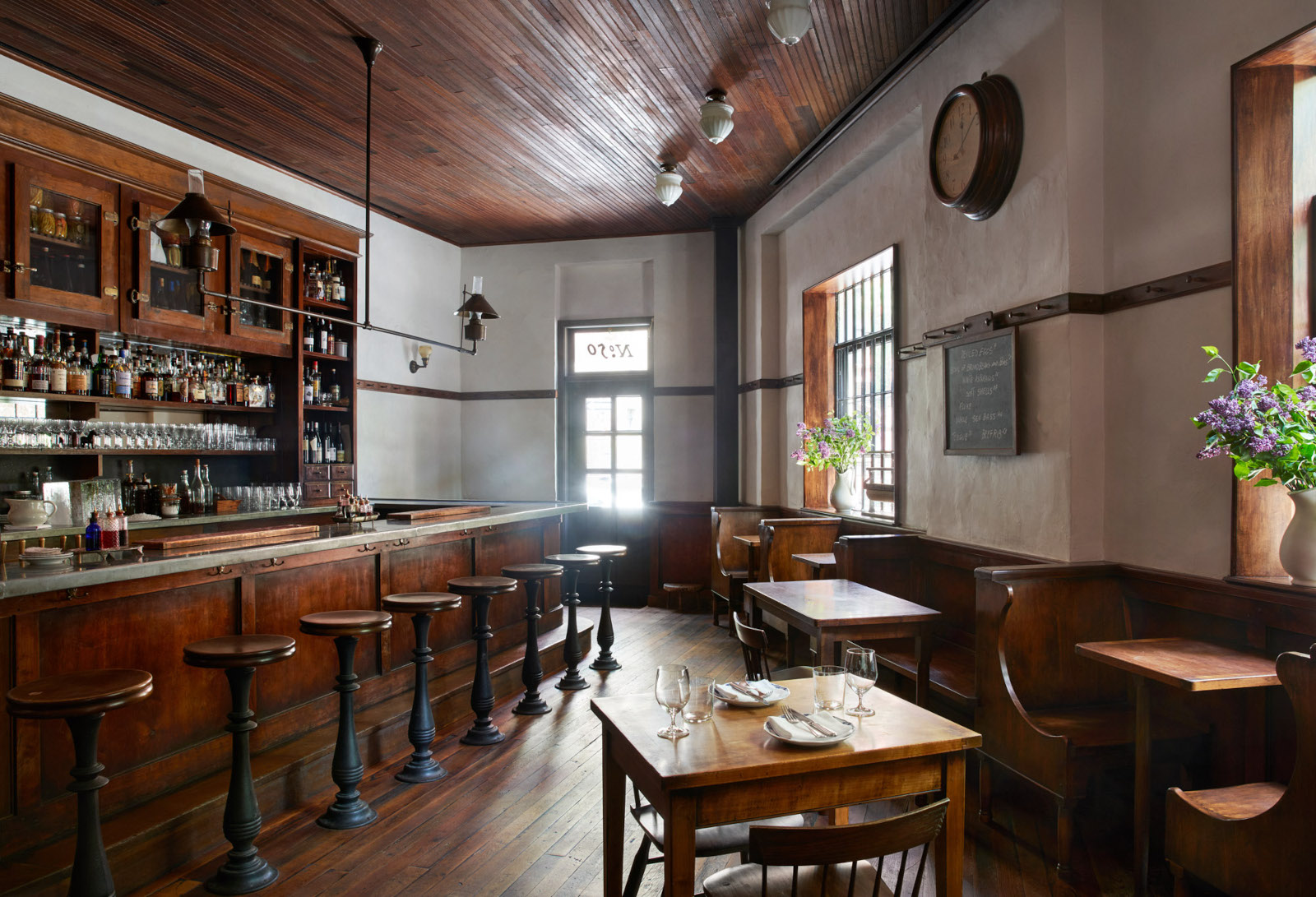 The Commerce Inn is a West Village Tavern inspired by the Shakers
The Commerce Inn is a West Village Tavern inspired by the ShakersWe explore the simple pleasures of The Commerce Inn, Rita Sodi and Jody Williams’ perfectly crafted, Shaker-inspired West Village tavern
By Pei-Ru Keh
-
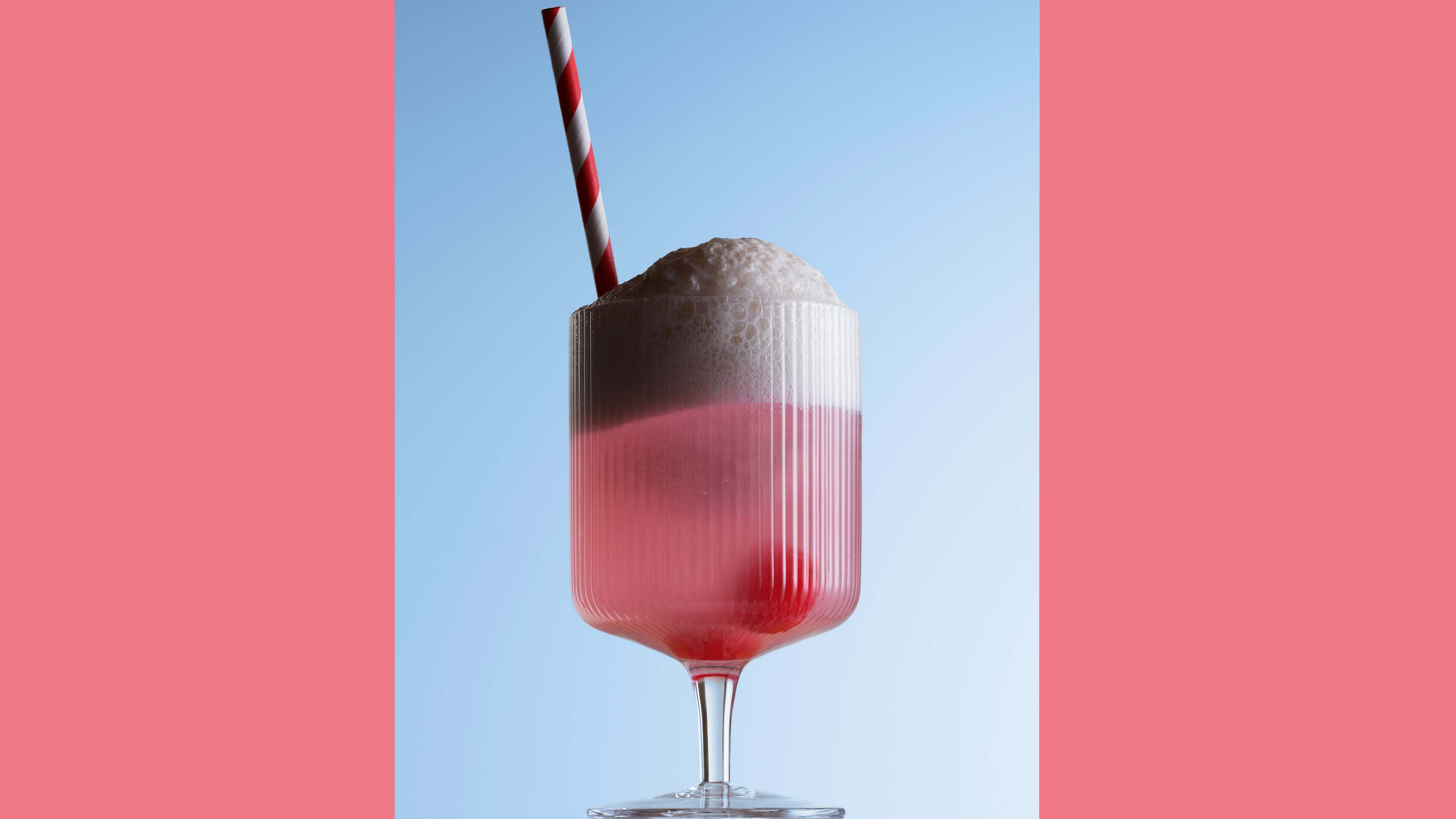 Happy Independence Day, USA! Wallpaper* launches a month-long celebration of creative America
Happy Independence Day, USA! Wallpaper* launches a month-long celebration of creative AmericaThis 4 July we toast the cream of creative USA with our very own cherry soda float. See more in August 2023 Wallpaper*, on sale 6 July, and all month on Wallpaper.com
By Mary Cleary